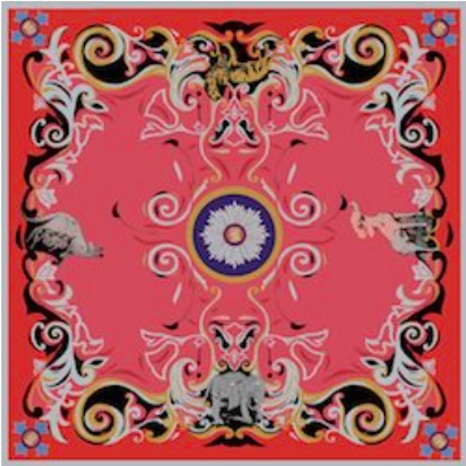In November 1915, with the Great War ongoing, discussions emerged regarding the introduction of a new honour to recognise the British people for “heroic acts during the War.” The entire nation took part in the war effort and both Buckingham Palace and the Government felt that this should be acknowledged. It was noted by Sir Fredrick Ponsonby, the Private Secretary to King George V, that the United Kingdom was the only European country that had no decoration specifically to recognise services to literature, science and the arts. Those who were not connected to public service or the military, had little or no chance of being recognised. So narrow was the criteria for the established Orders that the Merchant Navy were not eligible for naval awards.
Early discussions led to the formation of a committee which included representation from Government departments and the Palace, as well as the newly appointed Secretary of the Central Chancery of the Orders of Knighthood, Sir Douglas Dawson. The result was the foundation of a five class Order that would be open to everyone, including women, making it the first Order of Chivalry in the United Kingdom to do so.
As a new Order, new insignia was needed to be designed. The committee employed the services of Miss Elinor Halle, a renowned medallist who had designed a number of foreign medals and whose work was known to the King. Prince Louis of Battenberg was also enlisted to help with the creation of the new Order’s aesthetic. The colour of the ribbons for the Order was a topic of debate and prompted a number of suggestions. Both Sir Douglas Dawson and Prince Louis suggested a “regal and imperial” purple while Queen Mary suggested the combination of pink and grey; a favourite of hers. The King decided that purple would be the colour of the Order and the insignia design was confirmed with the motto of the Order “For God and the Empire” included in the design. The colour purple was used from 1917 until 1937, when Queen Mary was appointed Grand Master of the Order and decided to revise the colour; changing it from purple to pink and grey.
With the insignia designed and the first Statues of the Order confirmed, King George V inaugurated the Most Excellent Order of the British Empire on 4th June 1917. A group of six Officials were appointed, with the Sovereign of the United Kingdom also the Sovereign of the Order. Three Officials were ex-officio positions and are still held by those offices today.
Grand Master: The Prince of Wales, Prince Edward
Prelate: The Bishop of London, Arthur Foley Winnington-Ingram
King of Arms: General Sir Arthur Piaget
Registrar: The Secretary of the Central Chancery of the Orders of Knighthood, Sir Douglas Dawson
Secretary: The Home Office
Gentleman Usher of the Purple Rod: Sir Fredrick Kenyon
As the first Order open to women, the Committee carefully considered the title to be bestowed on women at the top two levels of Knighthood, equalling the title ‘Sir’. By September 1917, the King had approved that women would be addressed as Dame, followed by their Christian name, mirroring that of the title ‘Sir’. This would later be adopted by other Orders of Chivalry upon their inclusion of women in the Order.
When founded, the Order consisted of a single civilian division; however, a swift change was later made to split the Order into two divisions, civilian and military, allowing for a broader spectrum for honouring those on the front line and those supporting the war effort at home.
British Empire Medal
After the establishment of the Order an associated medal, which would eventually be styled the ‘British Empire Medal’, was introduced. Sir Fredrick Ponsonby promoted the need for a medal to reward the “kind of grit determination at factory level which was important during the war effort.” The medal was used to focus on the munitions factories in particular. Between 1917 and 1923 around 2,014 medals were awarded for civilian gallantry to those who had performed “acts of great courage or self-sacrifice.” Due to the large number of recipients and the concern regarding the cost of travel to London, in November 1918 the King decided that the medal would be presented on his behalf by the Lord Lieutenant in each relevant county. After the end of the First World War the medal went through a number of revisions and updates were made to the Statutes of the Order. In 1993 the Government took the decision to discontinue the British Empire Medal and thereafter it ceased to be awarded in the United Kingdom. It was not until almost twenty years later in 2012, that the Government reviewed the need for the British Empire Medal, and it was reinstated as part of the Honours system and part of the Order of the British Empire.





